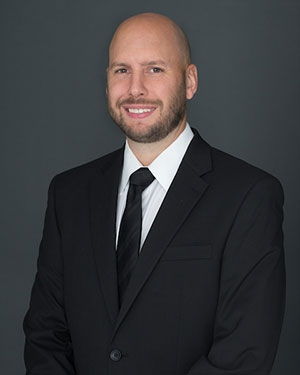
A common cause of heel pain in young athletes is called calcaneal apophysitis. This condition is also known as Sever's Disease or “growing pains.” Calcaneal apophysitis is inflammation of the growth plate in the calcaneus (heel bone). Generally, the heel pain is activity related and is worse after increased activity. You might notice your child limping after activity, or they will complain of pain after activity. Calcaneal apophysitis is caused by microtrauma from the pull of the Achilles tendon, and overuse of the associated bones, tendons, and the growth plate. This microtrauma causes the growth plate to become inflamed, causing pain.
Signs and Symptoms of Calcaneal Apopohysitis:
- Pain in the back or bottom of the heel
- Limping
- Walking on toes
- Difficulty running, jumping, or participating in physical activities or sports
- Pain with side to side compression of the heel
Treatment for Calcaneal Apophysitis:
- Reduce activity - modify any activity that causes pain.
- Support the heel - wear temporary shoe inserts like gel heel cups or orthotic devices that may provide support for the heel
- Icing - ice the area after physical activity
- Stretching - stretch the appropriate muscles before and after activity
- Medications - nonsteroidal anti-inflammatory drugs (NSAIDs), such as ibuprofen, help reduce pain and inflammation
- Physical therapy - physical therapy modalities can be used to promote healing of the inflamed issue
- Immobilization - in some cases of pediatric heel pain, a cast may be used to promote healing while keeping the foot and ankle totally immobile
Preventing Calcaneal Apophysitis:
- Maintain good flexibility of the feet through stretching exercises
- Avoid excessive running on hard surfaces
- Appropriate shoe gear with supportive, shock absorbent sole
Image from www.pexels.com

